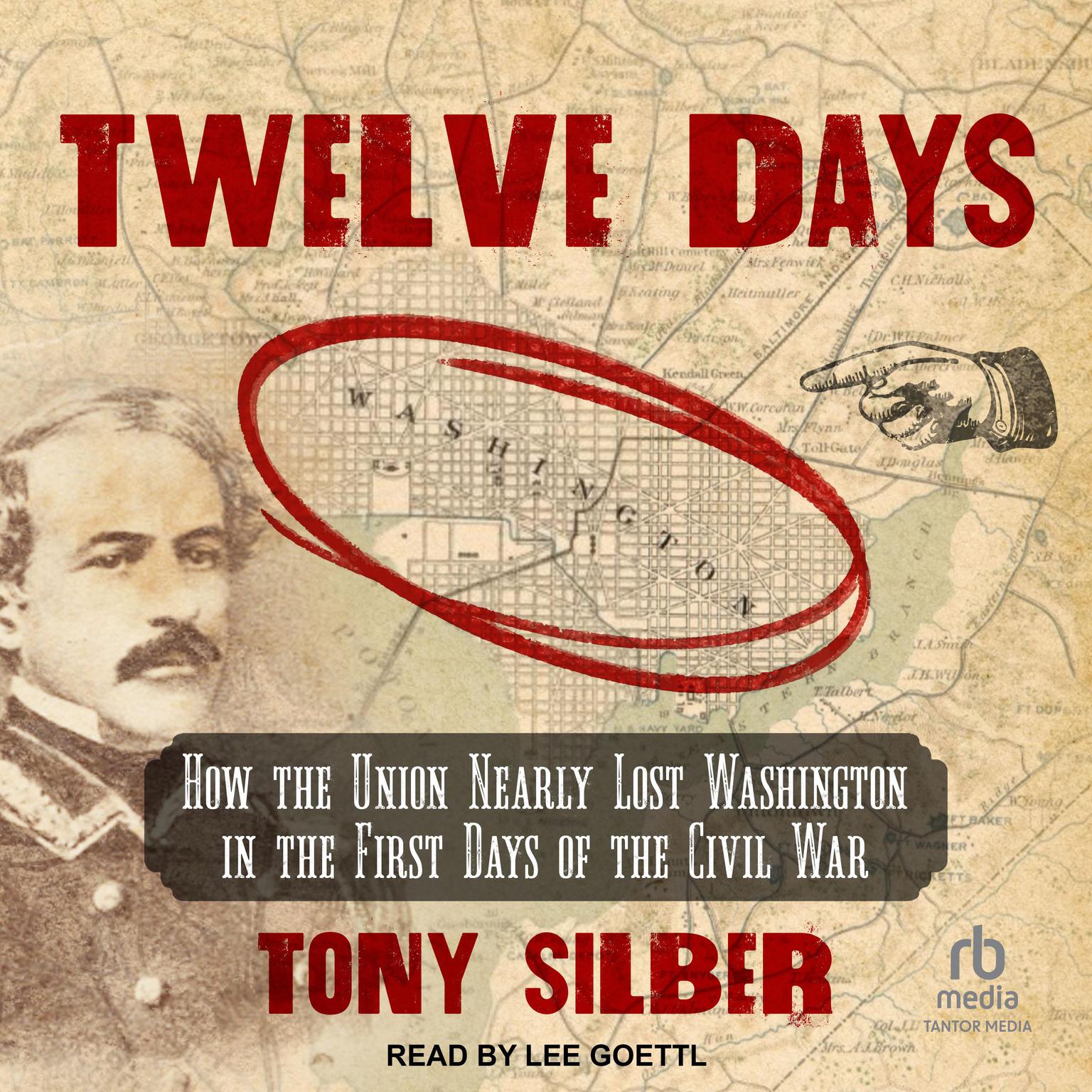Publisher Description
A deeply reported work of narrative nonfiction that takes readers behind the scenes of one of the most consequential decisions of our time—the closure of Rikers Island—and what it could mean for the future of prison reform and restorative justice.
For nearly a century, Rikers Island has stood on a 416-acre strip of land in the East River, housing an average daily population of 10,000 prisoners (the majority of whom are awaiting arraignment and trial), employing about the same number of corrections officers and civilian workers, and costing just over $800 million per year to operate. It is the largest correctional and mental facility in New York City. It also one of the most controversial and notorious jails in America.
Which is why, when Mayor Bill De Blasio announced in 2017 that Rikers would be closed within the next decade, replaced with new buildings designed to reflect new outlooks on mass incarceration and prisoner rehabilitation, the decision––which seemed to be a step towards a more humane, more understanding future as terms like abolition and “Defund the Police” were becoming common conversation––sounded like an unalloyed good to many, including Architectural Digest writer Eva Fedderly, who was leading the magazine’s coverage of the closure. But, as she dug deeper and spoke to more people in the different populations surrounding and participating directly in the debate, she discovered that the consensus was hardly universal. Many told her that new jails wouldn’t solve anything—but what could were more programs outside of jails, more equity, and alternative ways to deal with crime. People needed to be given the tools to succeed. Only then, could violence, racism, and crime in America subside. So why was no one listening?
In These Walls, Fedderly takes readers behind the scenes and through the layers of the Rikers decision and what it will really mean for reformists, justice architects, abolitionists, city government officials, prison guards, and most wrenchingly, the incarcerated themselves. The result is a compelling blend of on-the-ground reporting and sweeping social and architectural history, perfect for readers of Locking Up Our Own and American Prison that captures the texture of this centuries-old debate and challenges our long-held beliefs about what constitutes justice and power.
Download and start listening now!











